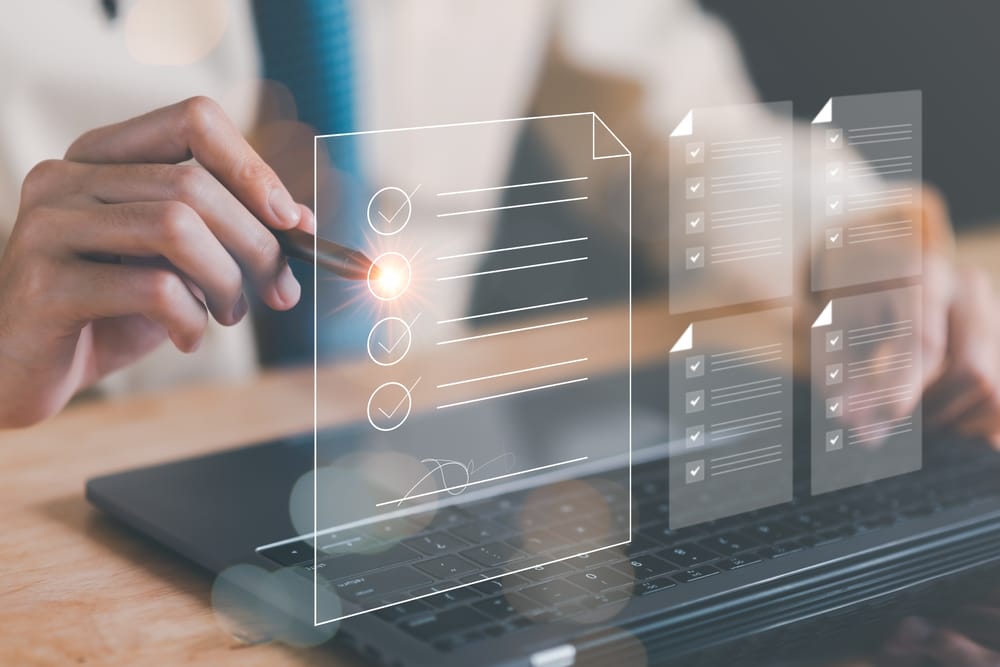
2025 Outlook: Data Privacy and Security in KYB, KYC, AML Compliance
In today’s rapidly changing digital landscape, data privacy and security are more crucial than ever for compliance teams. As regulations tighten and cyber threats evolve, businesses must prioritize innovative solutions. Enter edge computing, a game-changer for KYC, KYB, and AML software. This technology is transforming how organizations approach compliance—offering speed, security, and scalability.
Key Trends Shaping Data Privacy in 2025
Global Data Regulations Are Expanding
With updates to GDPR and new rules like the U.S. Data Privacy Framework, businesses need solutions that ensure compliance across jurisdictions.
Data Sovereignty Is Non-Negotiable
Laws requiring local data processing mean businesses must rethink how and where sensitive information is handled.
AI Is Both an Opportunity and a Risk
AI-powered compliance tools are advancing rapidly, but they also raise concerns about data misuse and accuracy.
Cyber Threats Are Constantly Evolving
From phishing to ransomware, the need for proactive and decentralized security measures is paramount.
Why Edge Computing Is the Future of Compliance
Unlike traditional API-driven solutions that rely on centralized cloud systems, edge computing processes data locally—closer to where it’s collected. For compliance functions like KYC, KYB, and AML, this shift delivers three transformative benefits:
- Stronger Data Privacy: By processing sensitive information locally, businesses reduce the risks associated with transmitting data over public networks.
- Faster Operations: With real-time processing at the edge, compliance checks, such as identity verification or sanctions screening, are completed in seconds.
- Regulatory Compliance Made Easy: Edge computing aligns naturally with data localization laws, ensuring sensitive data stays within required jurisdictions.
What is Edge Computing?
Imagine a network where data processing happens closer to where the data is generated, instead of relying on a distant central server. That’s edge computing in a nutshell. By bringing computation to the “edge” of the network, you reduce latency, improve security, and enable real-time decision-making.
Streamlining Compliance with Edge Computing
Edge computing isn’t just about speed and security—it’s about simplifying complex compliance processes. Here’s how it enhances KYC, KYB, and AML operations:
Enhanced Identity Verification
Edge computing enables instant validation of identity documents and biometrics, improving onboarding times and reducing friction, risk, and cybersecurity threats.
Global Compliance Made Simple
With multilingual and multi-jurisdictional capabilities, businesses can adapt seamlessly to local regulations while maintaining high standards.
Real-Time Risk Monitoring
Continuous AML checks for sanctions, PEPs, and adverse media happen instantly, giving teams immediate insights into potential threats.
Data Minimization by Design
By processing only the essential data directly at the source, edge computing reduces storage needs and aligns with privacy principles like GDPR’s minimization requirement.
Customizable and Scalable Solutions
Whether you’re a fintech startup or a global bank, edge computing offers modular compliance tools that grow with your business.
Why Businesses Are Switching to Edge for KYC, KYB, and AML
Edge computing addresses compliance challenges that legacy systems and API-reliant platforms can’t. It reduces costs, increases operational efficiency, and ensures compliance teams stay ahead of the curve.
For example:
- A financial services company cut its KYC processing time by 80% using edge-based identity validation.
- A global bank maintained compliance across 195 countries by leveraging localized edge solutions for KYB due diligence.
The Edge Advantage for 2025 and Beyond
As compliance becomes more complex, businesses need tools that are not only secure but also flexible and future-ready. Edge computing is revolutionizing how organizations approach KYC, KYB, and AML, ensuring faster operations, stronger security, and seamless compliance.
By embracing edge computing, you’re not just meeting today’s demands—you’re setting your business up for long-term success in a trust-driven world.













